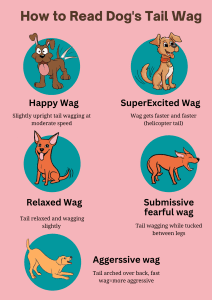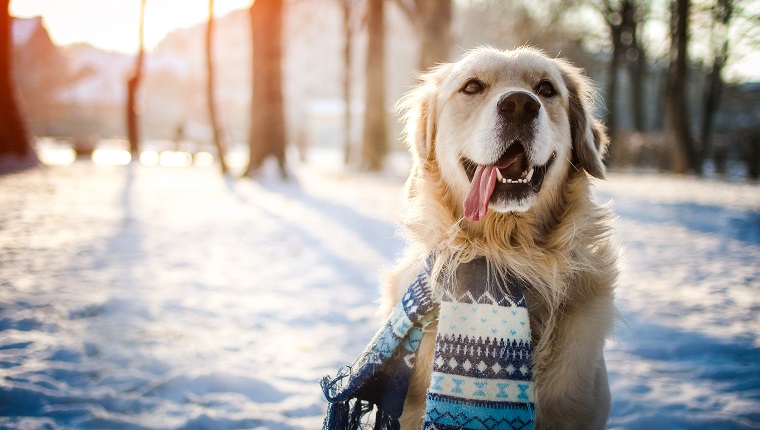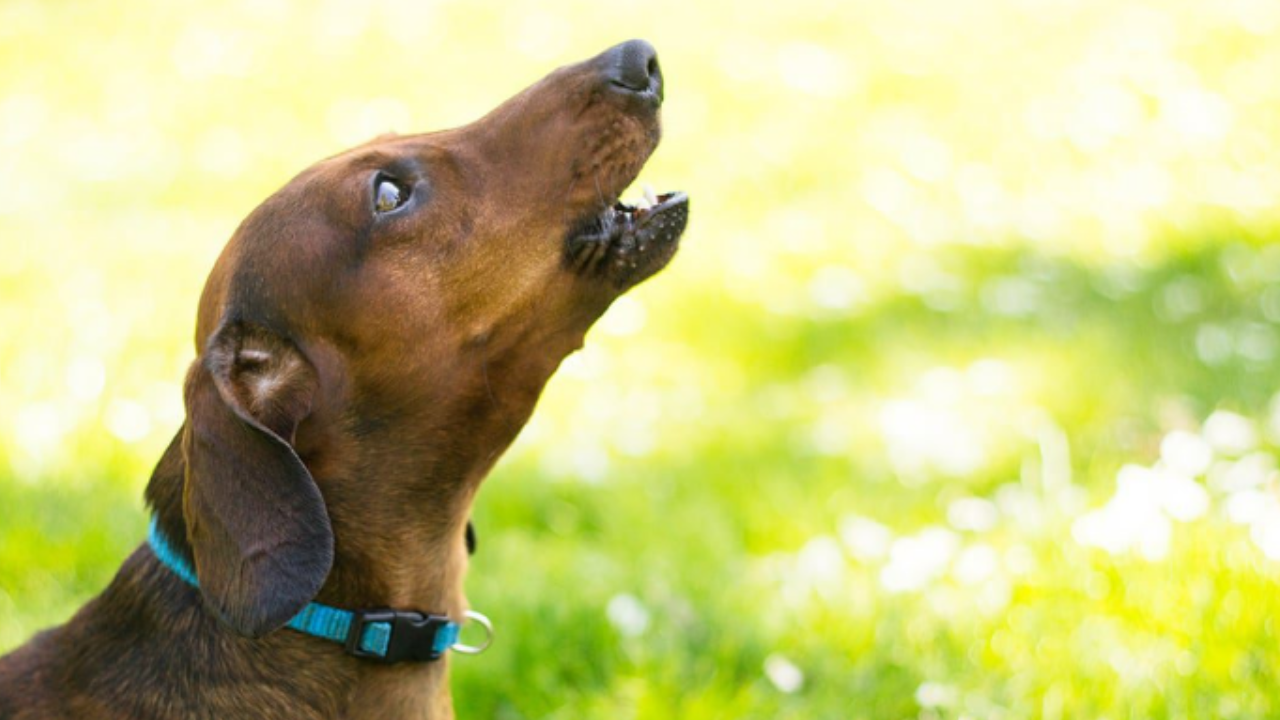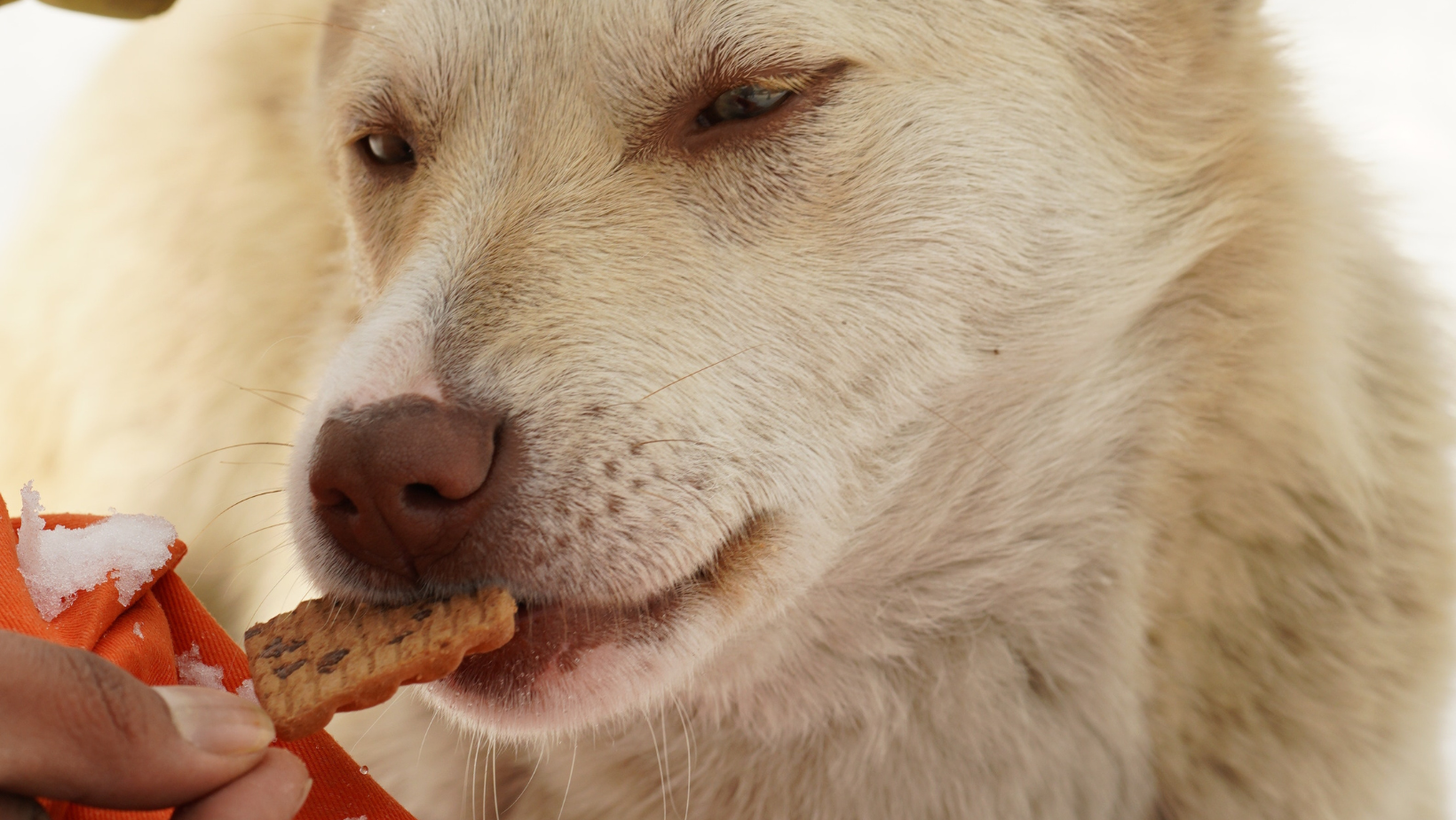Why Do Dogs Wag Their Tails?

A wagging tail is one of the most common fallacies about dogs, which is that it indicates friendliness. There are many other reasons why dogs wag their tails, though it can absolutely signify something.
The dog is just eager or willing to interact while its tail is wagging, to put it simply. The dog’s willingness to interact with people can, however, be either positive or detrimental. This implies you shouldn’t assume a dog is nice just because its tail is wagging.
When analysing a dog’s tail wag, a variety of behavioural hints must be taken into account, among other things.
What Does It Mean When Dogs Wag Their Tails?
Different emotions are communicated by dogs using their tails as a form of communication. The direction and rate of the tail wag significantly influence the emotion being expressed.
While the majority of dogs have tails that hang down by their heels, other breeds naturally carry their tails upright, and some canines are completely devoid of a tail. Fortunately, the tail movements are typically the same despite these breed variations.
If a dog’s tail wag is considered to be a kind of communication, then the placements of their tail can be considered to represent words. The volume of their voice can then be compared to the rate at which their tail is wagging. The voice gets louder the faster the tail wags.
Here are some of the feelings that a dog can express by wagging its tail.
Happy/Friendly
Dog tail wagging guide When a dog is happy or friendly, their tail is frequently in a neutral or slightly upward position and wagging at a moderate tempo. Their tail is frequently wagging more freely and is more relaxed than usual. Even worse, it might be waving in a “circle wag” or “helicopter tail” action.
The faster a dog’s tail normally wags, the more excited they are. Dogs occasionally wag their hips or perhaps their entire body, from their shoulders to their tails, when they are really ecstatic and friendly.
Curious
The tail of a dog is often held straight out behind them when the animal is intrigued about something, such as when they discover a new scent. The tail is frequently held stationary, but this might or might not be accompanied by a wag. Additionally, they will be standing with ears pricked up and in an alert position.
Relaxed
A relaxed dog will retain their tail in a neutral position without wagging it and stand with a relaxed gait. Only after an emotion is evoked will they begin to wag their tail.
Submissive/Fearful
It’s vital to remember that dogs can display two different kinds of dread: submissive fear and aggressive fear, before discussing a submissive or scared tail wag. To prevent exacerbating the problem, it’s critical to recognise the indications a dog is offering.
Dogs that are submissive frequently tuck their tail between their legs or lower it. The dog usually does this because it feels threatened and doesn’t want to hurt. A tail wag may or may not be connected to a submissive tail position.
A dog usually displays severe obedience and anxiety when its tail is wagging and closely tucked between its legs. When dogs are terrified, they frequently display submission behaviours.
If you think of a tail wag as a dog asking, “Please don’t injure me,” then a submissive tail wag is like a dog saying, “How loud are you?” If a dog displays this behaviour, it’s advisable to refrain from stroking them to prevent things from getting worse because submissive fear might develop into aggressive fear.
Aggressive/Threatening
Dogs aggression can take many different forms, including fear aggression, leash aggression, territorial aggression, and others. Aggression symptoms, though, are typically the same.
A dog that is hostile may lift its tail into a vertical position, frequently arching it over its back. The tail will be quite stiff and could be wagging or not. A dog is prepared to fight if its tail is wagging while it is in this stance. The dog is more likely to be angry and aggressive the faster its tail wags.
If a person or another animal tries to interact with a dog that is acting aggressively, it’s likely that they will bite in an attempt to defend themselves. Other indications they might display include, but are not restricted to:
- Staring
- Lip-licking
- Standing in a stiff or frozen posture
- Pinning or flattening their ears
- Yawning
- Growling
- Lunging
Avoiding
Dogs usually stop wagging their tails and go completely still when they don’t want to interact at all. This conduct can also be translated as “Please leave me alone.”
At this point, it’s just the dog asking to be left alone; it’s not related with hostility. However, depending on the dog, avoidance signals may change to submission or hostility if it is approached. Follow the dog’s instructions and avoid approaching unless it is absolutely necessary.
Right-Sided vs. Left-Sided Tail Wagging
Additionally, researchers have shown that there is a distinction between tails that wag more to the right or left. Canines will wag their tails slightly to the right or left depending on their emotions; dogs with more positive emotions will wag their tails slightly to the right or left.
Dogs with their tails wagging slightly to the right are usually kinder and more accessible. Dogs who are slightly waving their tails to the left are typically more nervous or anxious and show signs of withdrawal.
How Do Dogs Without Tails Communicate?
How do dogs communicate without tails as dogs use their tails to express a wide range of emotions? They communicate by voice and body language, just like people.
Just a few examples of how dogs express themselves through speech and body language are included below:
- Voice: barking, growling, whimpering, and sobbing
- Facial expressions: smiling, frowning, brow furrowing, and lip-licking
- Various eye positions include side eyes, squinting, staring, and direct eye contact (also known as whale eye)
- Flattened, perked up, and relaxed ear position
- Position/Stance: crouching, cringing, bowing, furrowing brows, stiff/frozen
- Movements include lunging, walking, lunging, and “tip-toeing.”
Although speaking “tail wag” can be challenging, it’s crucial to keep in mind that just because a dog’s tail is wagging doesn’t indicate they are definitely nice. Never approach and pet a dog without first getting permission from the pet parent.





